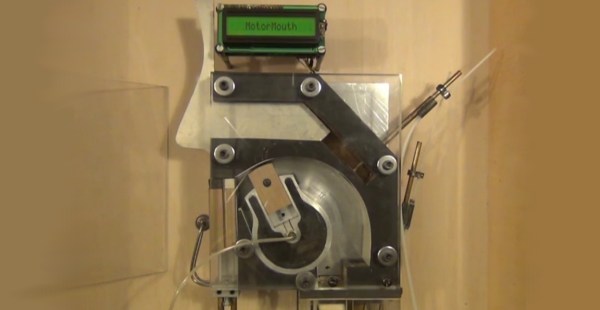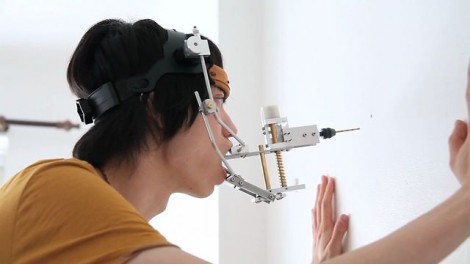It may be blurry and blotchy, but it’s ours. The first images of the supermassive black hole at the center of the Milky Way galaxy were revealed this week, and they caused quite a stir. You may recall the first images of the supermassive black hole at the center of the M87 galaxy from a couple of years ago: spectacular images that captured exactly what all the theories said a black hole should look like, or more precisely, what the accretion disk and event horizon should look like, since black holes themselves aren’t much to look at. That black hole, dubbed M87*, is over 55 million light-years away, but is so huge and so active that it was relatively easy to image. The black hole at the center of our own galaxy, Sagittarius A*, is comparatively tiny — its event horizon would fit inside the orbit of Mercury — a much closer at only 26,000 light-years or so. But, our black hole is much less active and obscured by dust, so imaging it was far more difficult. It’s a stunning technical achievement, and the images are certainly worth checking out.
Another one from the “Why didn’t I think of that?” files — contactless haptic feedback using the mouth is now a thing. This comes from the Future Interfaces Group at Carnegie-Mellon and is intended to provide an alternative to what ends up being about the only practical haptic device for VR and AR applications — vibrations from off-balance motors. Instead, this uses an array of ultrasonic transducers positioned on a VR visor and directed at the user’s mouth. By properly driving the array, pressure waves can be directed at the lips, teeth, and tongue of the wearer, providing feedback for in-world events. The mock game demonstrated in the video below is a little creepy — not sure how many people enjoyed the feeling of cobwebs brushing against the face or the splatter of spider guts in the mouth. Still, it’s a pretty cool idea, and we’d like to see how far it can go.















